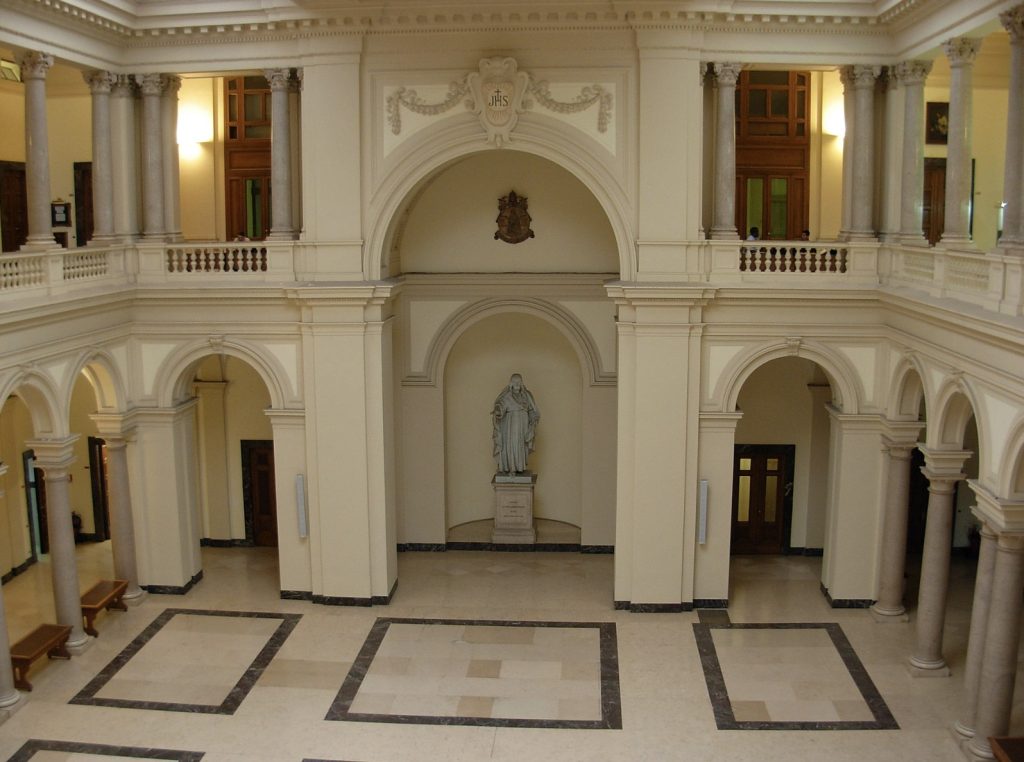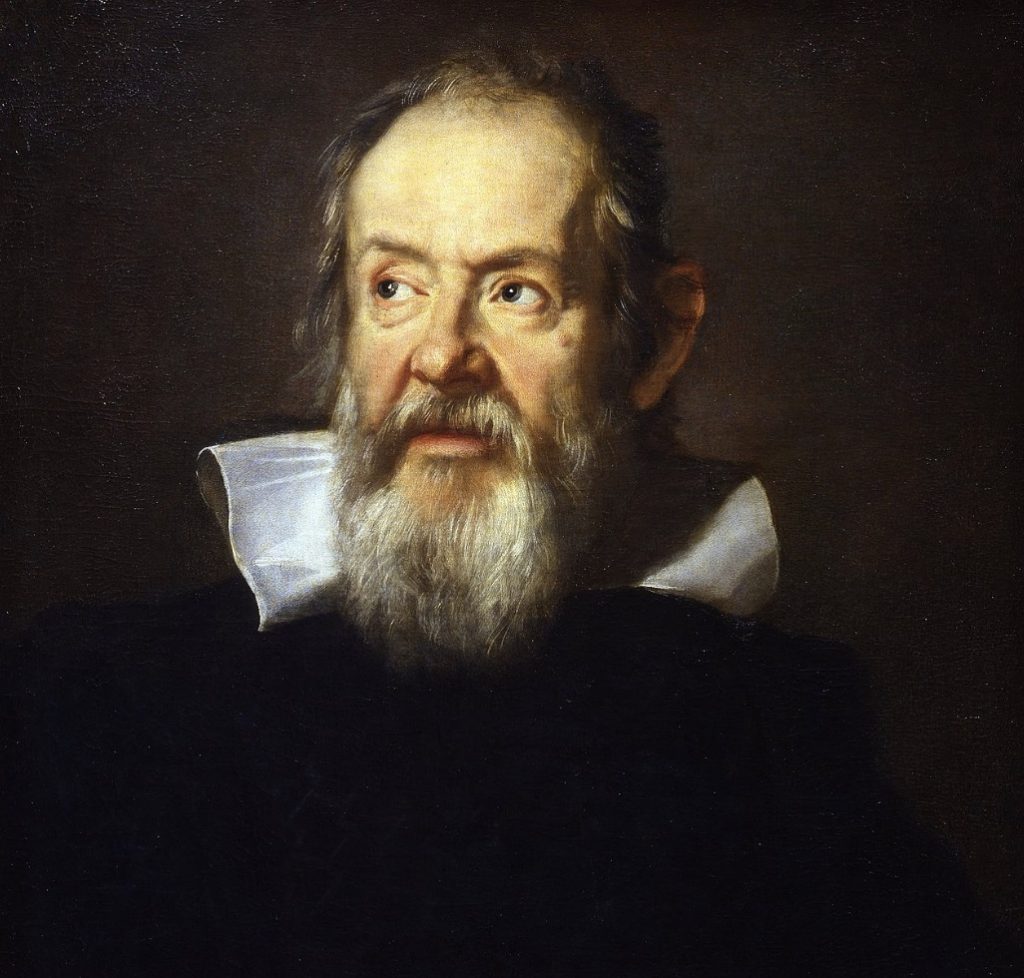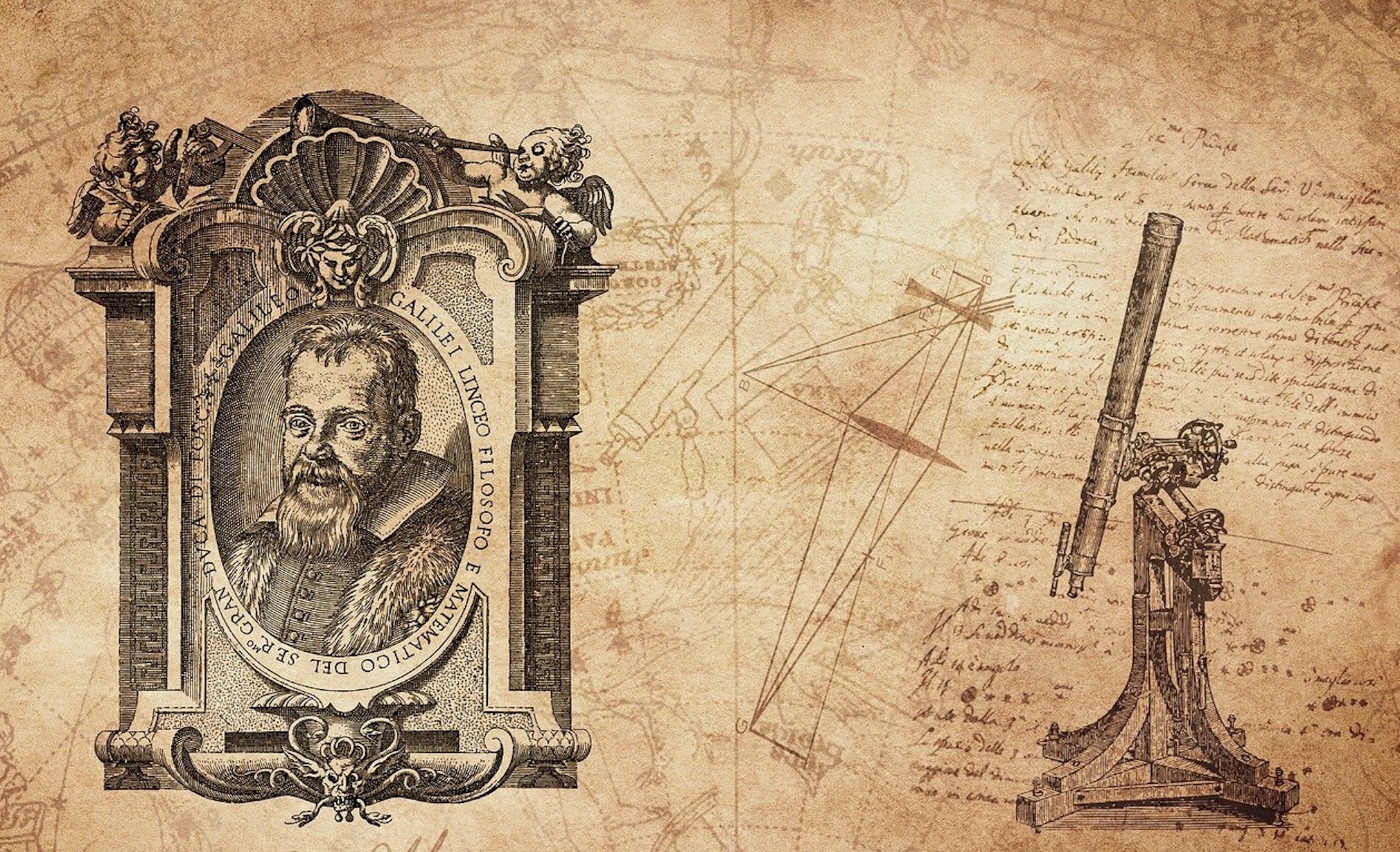The new digital technologies put themselves at the service of the priceless artistic and cultural heritage kept in the Historical Archives of the Pontifical Gregorian University. The prestigious university has been the custodian, since its foundation in 1551 by Saint Ignatius of Loyola, of many of the most extraordinary works of genius of our past.
Balance between tradition and innovation for an eternally present past
In an increasingly ethereal world dominated by digital technology, it is finally possible to take advantage of technological evolution. The aim is to preserve and enhance the past, the treasures of knowledge and with them our cultural roots. The initiative stems from the collaboration between the Pontifical Gregorian University e White Exchange Spa, an Italian company at the forefront of the introduction and implementation of the most modern digital technologies.
The archive of the Gregorian University contains works and documents that are crucial for the cultural and artistic development of humanity, whose immense historical value, however, in many cases is a contributing cause of the extreme fragility of these same works and thus limits their usability and the diffusion. With the technology made available by White Exchange, these barriers can be overcome. This is possible by creating unique and certified digital representations of the works housed in the Historical Archive capable of preserving and supporting the heritage of the Historical Archive which requires continuous maintenance and resources.

The first letter
The first documents chosen to kick off the project are two letters from Galileo Galilei, two concrete testimonies of the centennial commitment of the Jesuits in the search for "sapientia".
The first letter, dated December 30, 1610, is addressed to Cristoforo Clavio. The Jesuit is best known for having determined the Gregorian calendar in 1582, and describes the observations of Jupiter's satellites. From the words that Galileo Galilei wrote to the Jesuit Christopher Clavius emerges the exceptionality of the intellectual relationship that united these two "magistri astronomiae". The two scholars were pioneers in the study and observation of celestial bodies. In particular, Clavio was able to confirm the sensational astronomical discoveries that Galileo had made with the telescope in 1610 and shared with him by letter: the discovery of the four moons of Jupiter, which he called "Medici planets" in honor of the Medici family, and the phases of Venus, which were one of the key arguments to validate the heliocentric theory.

The second letter
The second letter concerns observations of the lunar surface of 7 January 1610. Thanks to the use of the telescope, Galileo was able for the first time to observe the discontinuity of the surface of the Moon. Until that moment the lunar surface was considered perfectly homogeneous, at most mottled by some dark spots, visible even to the naked eye. What he saw, Galileo tried to reproduce in the drawings, where the chiaroscuro highlights the part of the lunar surface illuminated by the sun at various times. The first discovery was that the dividing line between the illuminated and dark parts of the Moon was not as clear-cut as thought and seen from Earth. To use Galileo's words, he instead had "a very confused, anfractuous and harsh term", as clearly visible in the drawings. These also show some spots, the presence of which, according to the Pisan scientist, could not suggest anything other than that the lunar surface was "rough and uneven".
In the marriage between innovation and tradition lies the strength of an initiative that stands as a pillar of the enhancement of the artistic heritage.





